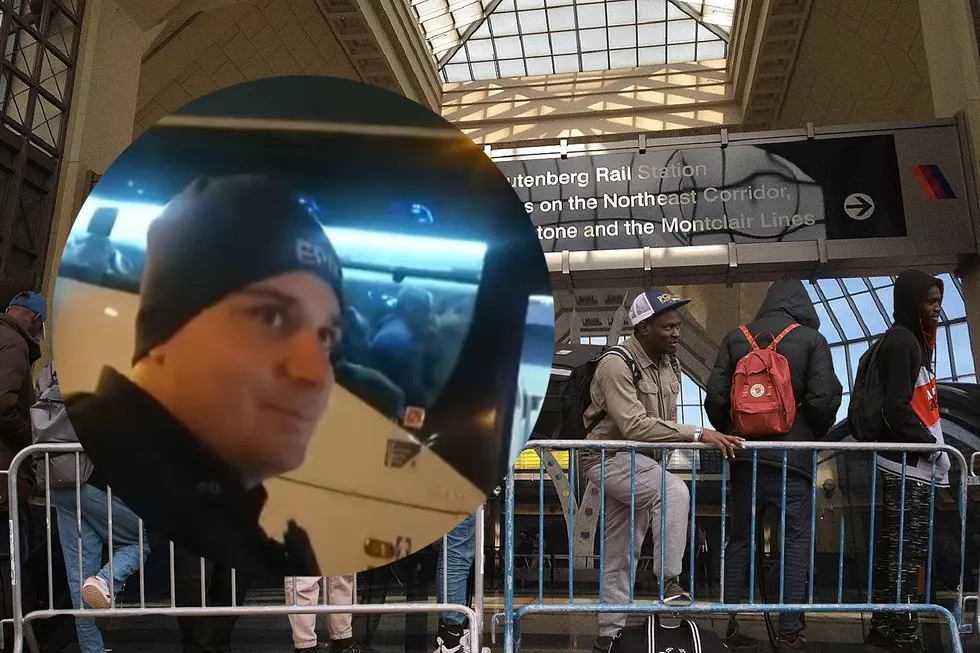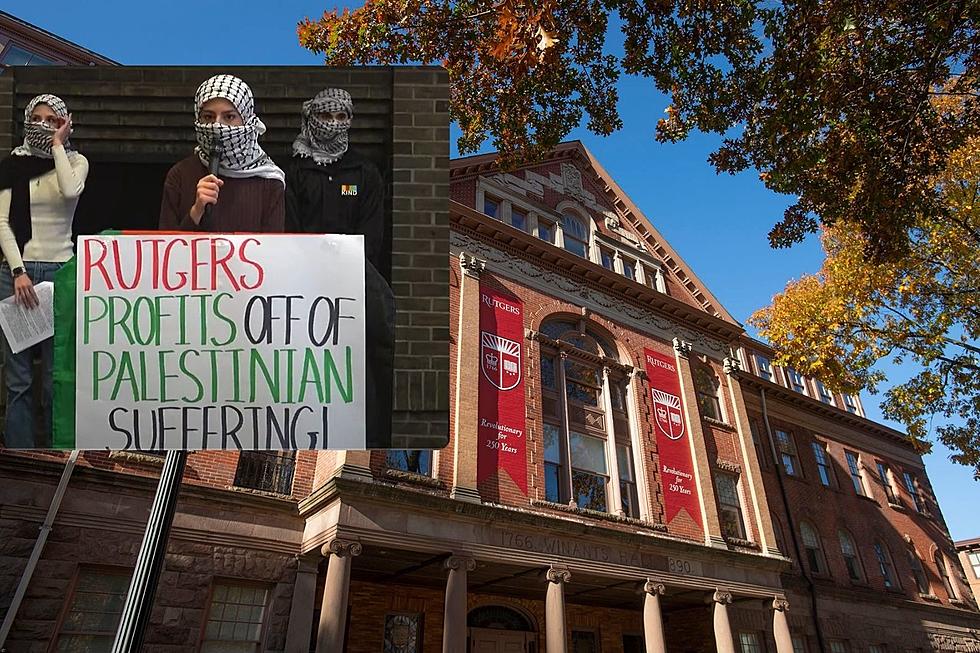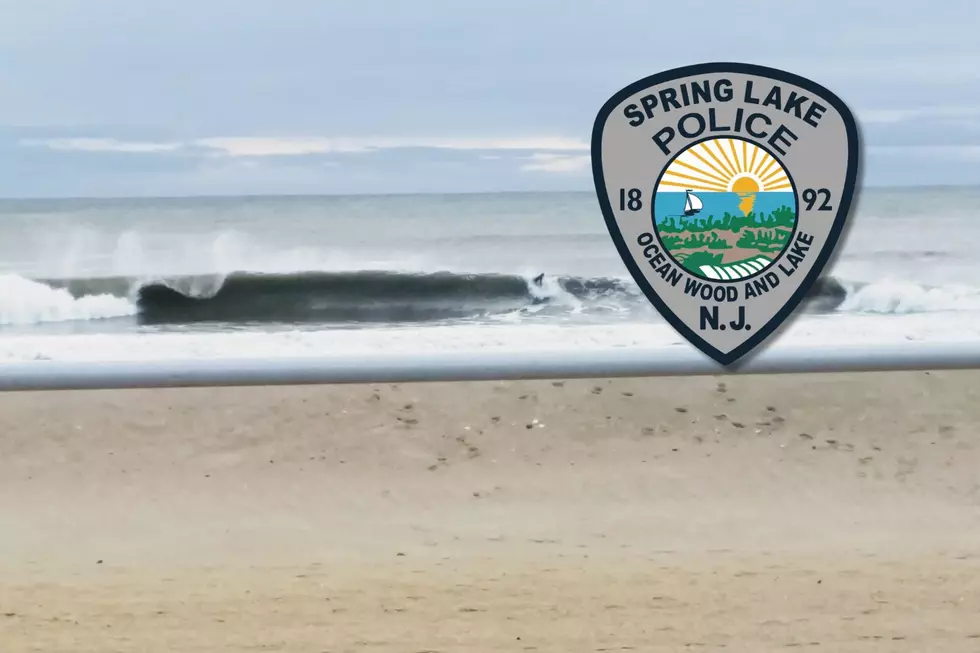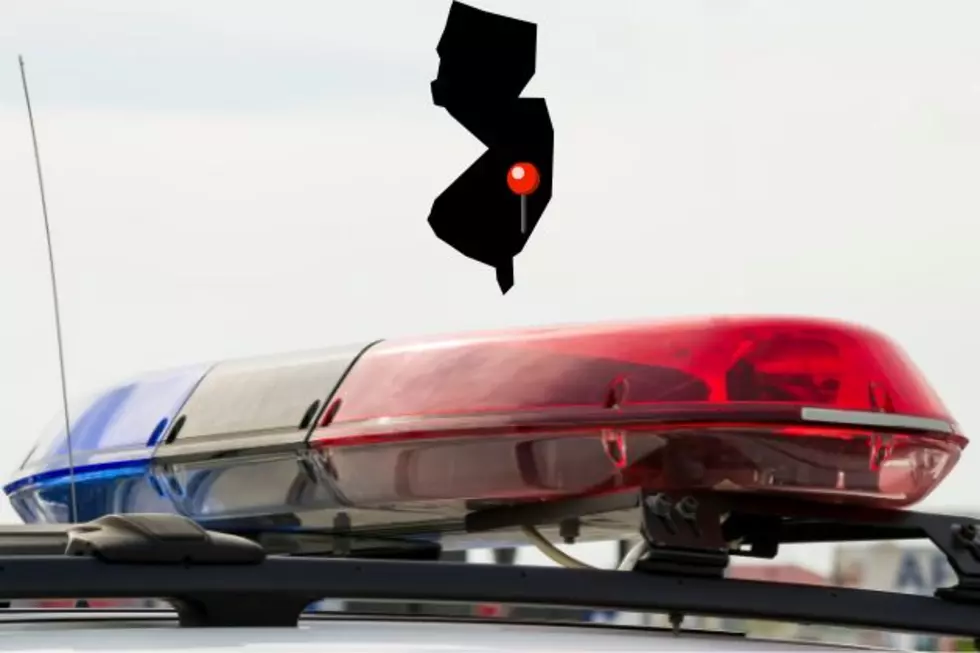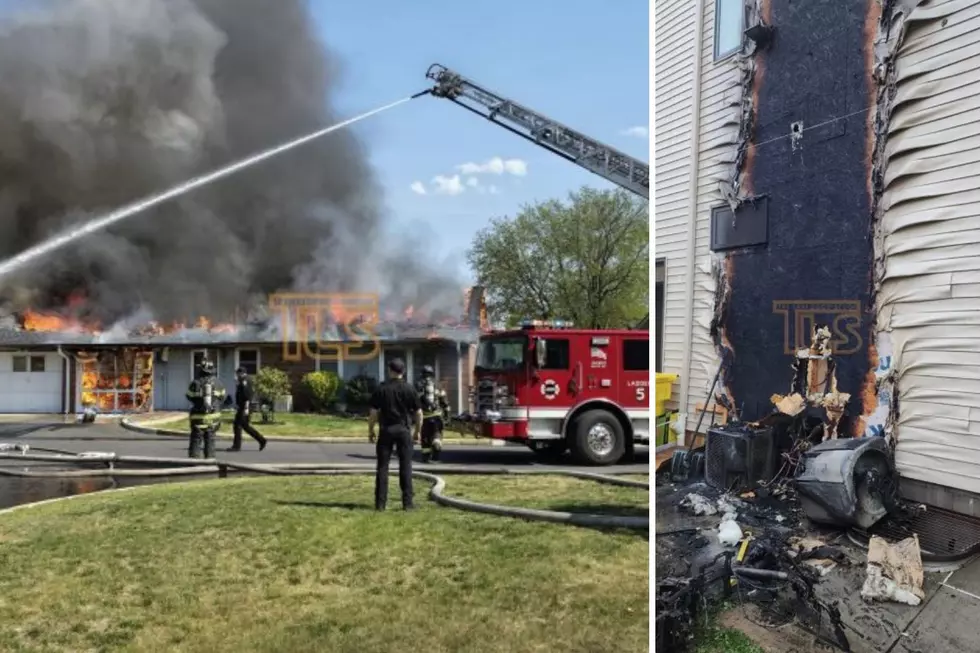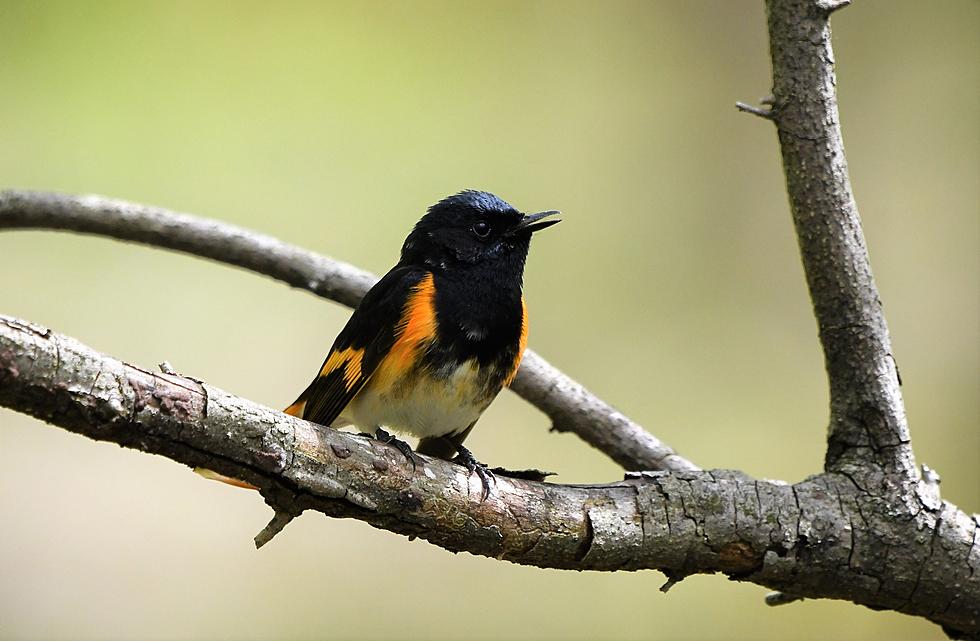
Protecting fall birds and their habitats in NJ
🐦 Habitat loss is the #1 driver behind the decline in birds in North America
🐦 NJ Audubon is working to help restore habitat to its native species
🐦 The public can get involved to help create lost habitat for NJ birds
About 3 billion birds have been lost in North America since 1970. That’s nearly 30% of the total, according to a recent Cornell study.
Why is this happening?
Habitat loss is the number one driver behind the decline, said Kristen Meistrell, Vice President of Stewardship at NJ Audubon. Habitat loss can include land conversion, which is taking a forest or grassland and turning it into a housing development, or it can mean the loss of suitable habitat.
One example can be young, open forests that may grow up into mature forests or a field that grows up into a scrubby forest. So, there are two different angles that can cause the loss of habitat for species, Meistrell said.
What is being done to help with habitat loss?
NJ Audubon has research and education teams, government relations, and stewardships that work together to help combat this issue.
“In the stewardship department, we work with both public and private landowners to restore habitat. So, we work with public and private landowners to identify what their goals are, what are some of the opportunities, and then actually do that active management to restore habitat for species,” Meistrell said.
NJ Audubon has also worked with hundreds of landowners and forest stewardship projects for nearly 20 years, helping to restore habitat for the Golden-Winged Warbler and the Northern Bobwhite Quail in New Jersey.
The project is part of the Working Lands for Wildlife, a program administered through the U.S. Department of Agriculture’s Natural Resources Conservative Service, she said.
The Golden-Winged Warbler and the Northern Bobwhite Quail are sort of the poster children of rare and declining habitat types, Meistrell added.
Golden-Winged Warbler has declined very significantly over the last 25 years. They require open forest habitat, so that’s a forest that’s about six years old, she said.
Northern Bobwhite Quail has seen a sharp decline since the 1960s, 70s, and 80s. They require an early successional habitat too, which is a mix of grasslands, scrub shrubs, and young forests, which are quickly disappearing in New Jersey.
What are other bird species in New Jersey that are at risk of losing population?
One is the prairie warbler which was thought to be a common species but this is a bird that has seen a sharp decline over the last several decades, Meistrell said. This species, which is still holding on but declining, typically requires a similar habitat to the Golden-Winged Warbler and the Northern Bobwhite Quail.
Other birds declining that use the same types of habitat include the Red-headed woodpecker, which is a state-threatened species, Ruffed Grouse, which has declined sharply over the past few decades, as well as Bobolink, which is a unique grasslands bird that likes wide-open prairies and grasslands, Meistrell said.
What is being done to save these habitats?
Some techniques the NJ Audubon uses especially for the young forest birds include ecological forest stewardship.
“That could be prescribed fire. It can actually be removing some of the trees to help open up some sunlight to the forest floor and help regenerate the forest to make it that young habitat again,” Meistrell said.
In some instances, it could be planting to bring back some of the native plant species, as well.
She said birds and other wildlife have very complex needs across their life cycle. For example, there may be a bird that nests in a more closed-canopy forest. But once the eggs hatch and nestlings fledge, they may need some young forest habitat to find food and shelter.
“So, one of the most important things is to have a mosaic or diversity of habitat across the landscape, and we do that by working with private landowners, as well,” Meistrell said.
What can the public do to help protect bird habitats in New Jersey?
If residents live in an urban or suburban setting and have a small balcony or backyard, the NJ Audubon has a program called The Garden for Wildlife program which is in partnership with the National Wildlife Federation. Meistrell said this gives people practical steps on how to make your space a haven for wildlife, making sure there is food shelter, water, and places to raise young for wildlife.
There is also a webinar series that NJ Audubon hosts which will come out in the wintertime, and there are also native plant sales. One is happening on Friday, Sept. 30 at the NJ Audubon’s Bernardsville and Cape May Centers.
If residents are larger landowners with a farm or a forest lot, they can enroll in federal programs like the Working Lands for Wildlife. The deadline to apply is Oct. 20. Meistrell said NJ Audubon can help residents move through the process of applying for that funding source. The staff can also help with project management, technical assistance, and designing the habitat project.
Visit the NJ Audubon website. Sign up to be a member which gives you access to programs and volunteer events.
What are some bird species seen in NJ during autumn?
Meistrell said we are in the thick of fall bird migration in New Jersey. The birds are migrating from their breeding grounds and heading south.
Some birds commonly seen in New Jersey this fall include Bald Eagle, Merlin, (falcon), Scarlet Tanager, which is a striking bird, Black Throated Green Warbler, and Blackpoll Warbler.
“Most recently there have been several species that have been seen throughout the migration and throughout the fall season like Franklin’s Gull, and Broad-winged hawk where we’ve seen thousands of Broad-winged hawks moving throughout the state,” Meistrell said.
Golden-winged warblers have also been moving from their breeding ground in New Jersey onward toward its South American breeding grounds, she added.
She encouraged New Jersey residents to get outside this fall and take in all that nature has to offer and marvel at these beautiful birds.
LOOK: Most commonly seen birds in New Jersey
More From New Jersey 101.5 FM
